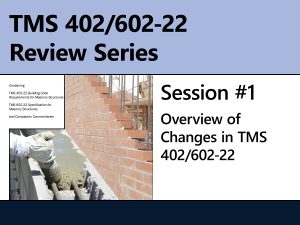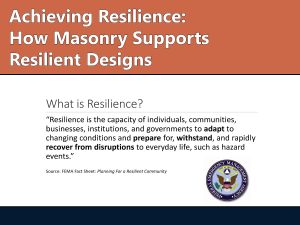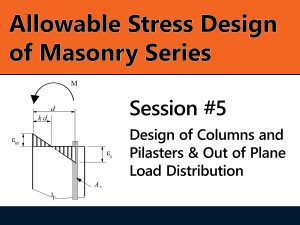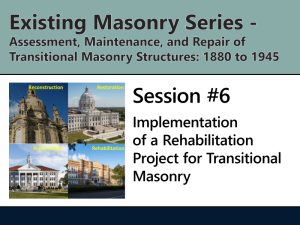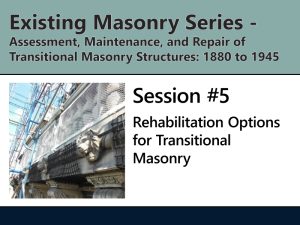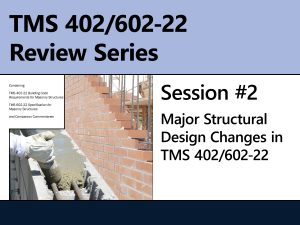
TMS 402/602-22 Review #2: Major Structural Design Changes in TMS 402/602-22
This session provides an overview of the major structural changes in TMS 402-22. One of the biggest changes was the introduction of compression-controlled sections in strength design. As a result of this, the maximum reinforcement provisions were deleted except for beams and intermediate and special shear walls under in-plane loads.…

